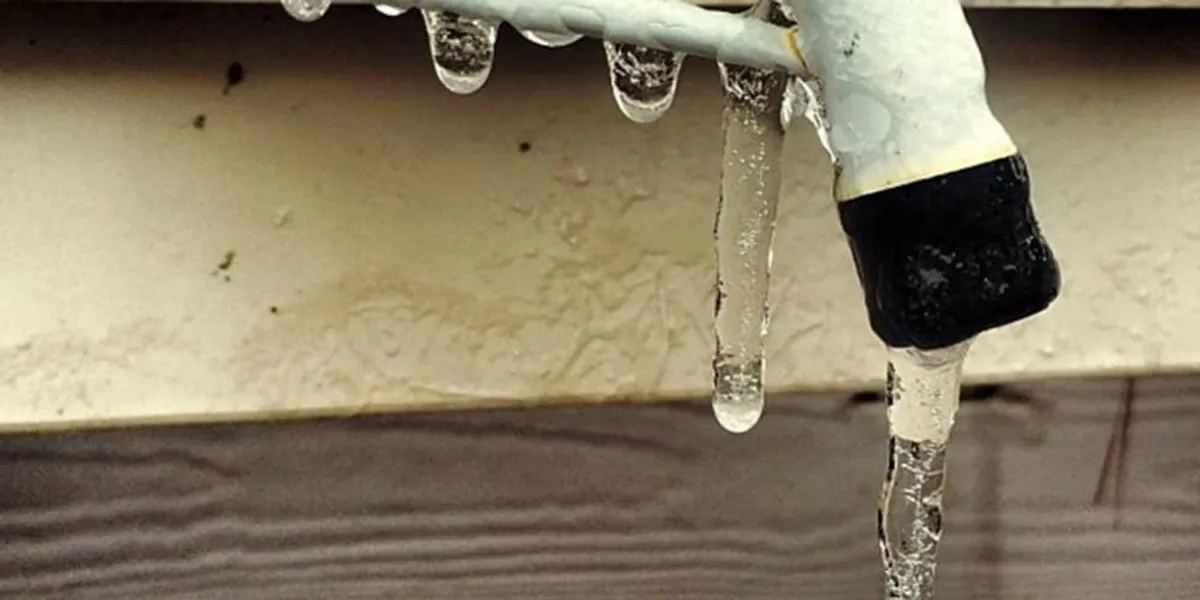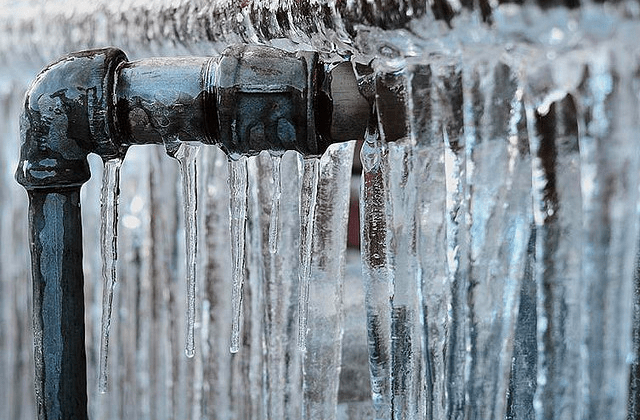Tips for Avoiding Frozen Plumbing in Winter: Specialist Insights
Tips for Avoiding Frozen Plumbing in Winter: Specialist Insights
Blog Article
What're your opinions on Preventing and dealing with frozen pipes?

Winter can damage your plumbing, particularly by freezing pipelines. Below's exactly how to prevent it from taking place and what to do if it does.
Intro
As temperatures decline, the danger of icy pipelines increases, possibly causing costly repair services and water damage. Recognizing exactly how to prevent icy pipes is vital for property owners in cool climates.
Recognizing Frozen Pipelines
What causes pipelines to freeze?
Pipes ice up when exposed to temperatures listed below 32 ° F (0 ° C) for extended periods. As water inside the pipes freezes, it broadens, taxing the pipeline walls and potentially creating them to break.
Threats and problems
Icy pipes can bring about water disturbances, residential or commercial property damage, and costly repair services. Burst pipes can flooding homes and create substantial structural damage.
Signs of Frozen Pipes
Recognizing icy pipes early can stop them from rupturing.
How to recognize frozen pipes
Try to find decreased water circulation from faucets, uncommon odors or sounds from pipes, and noticeable frost on exposed pipes.
Avoidance Tips
Insulating at risk pipes
Wrap pipelines in insulation sleeves or use warm tape to shield them from freezing temperatures. Concentrate on pipes in unheated or outside locations of the home.
Heating methods
Maintain indoor spaces effectively warmed, especially areas with plumbing. Open up closet doors to permit warm air to circulate around pipes under sinks.
Safeguarding Outside Plumbing
Garden tubes and exterior taps
Separate and drain pipes yard hose pipes prior to winter. Set up frost-proof spigots or cover outside taps with insulated caps.
What to Do If Your Pipes Freeze
Immediate actions to take
If you think icy pipelines, maintain taps open to eliminate stress as the ice thaws. Utilize a hairdryer or towels taken in hot water to thaw pipes slowly.
Long-Term Solutions
Architectural modifications
Consider rerouting pipelines away from exterior wall surfaces or unheated areas. Include extra insulation to attic rooms, basements, and crawl spaces.
Updating insulation
Invest in top notch insulation for pipes, attics, and wall surfaces. Proper insulation aids preserve regular temperatures and decreases the threat of icy pipes.
Final thought
Protecting against frozen pipes needs proactive steps and fast actions. By understanding the reasons, indications, and safety nets, homeowners can protect their plumbing during winter.
6 Proven Ways to Prevent Frozen Pipes and Protect Your Home
Disconnect and Drain Garden Hoses
Before winter arrives, start by disconnecting your garden hoses and draining any remaining water. Close the shut-off valves that supply outdoor hose bibs and leave the outdoor faucet open to allow any residual water to drain. For extra protection, consider using faucet covers throughout the colder months. It’s also important to drain water from any sprinkler supply lines following the manufacturer’s directions.
Insulate Exposed Pipes
Insulating your pipes is an effective way to prevent freezing. Pipe insulation is readily available at home improvement stores and is relatively inexpensive. Pay close attention to pipes in unheated areas such as the attic, basement, crawl spaces, or garage. Apply foam insulation generously to create a buffer against the cold. You can also wrap your pipes in heat tape or thermostat-controlled heat cables for added warmth.
Seal Air Leaks
Inspect your home for any cracks or openings that could let in cold air. Seal any holes around the piping in interior or exterior walls, as well as the sill plates where your home rests on its foundation. Additionally, make sure to keep your garage door closed unless you’re entering or exiting. Leaving it open creates a significant air leak that can lead to frozen pipes.
Allow Warm Air Circulation
During cold snaps, it’s essential to allow warm air to circulate evenly throughout your home. Leave interior doors ajar to promote better airflow. Open kitchen and bathroom cabinets to help distribute heat consistently around the rooms. If you have small children or pets, be sure to remove any household chemicals or potentially harmful cleaners from open cabinets for safety.
Let Faucets Drip
A small trickle of water can make a big difference in preventing ice formation inside your pipes. When temperatures drop significantly, start a drip of water from all faucets served by exposed pipes. This continuous flow helps prevent the water from freezing. Additionally, running a few faucets slightly can relieve pressure inside the pipes, reducing the chances of a rupture if the water inside does freeze.
https://choateshvac.com/6-proven-ways-to-prevent-frozen-pipes-and-protect-your-home/

I recently found that blog posting on How to Prevent Your Pipes From Freezing when doing a search on the search engines. Sharing is good. Helping others is fun. I enjoy reading our article about How to prepare your home plumbing for winter weather.
Click Here Report this page